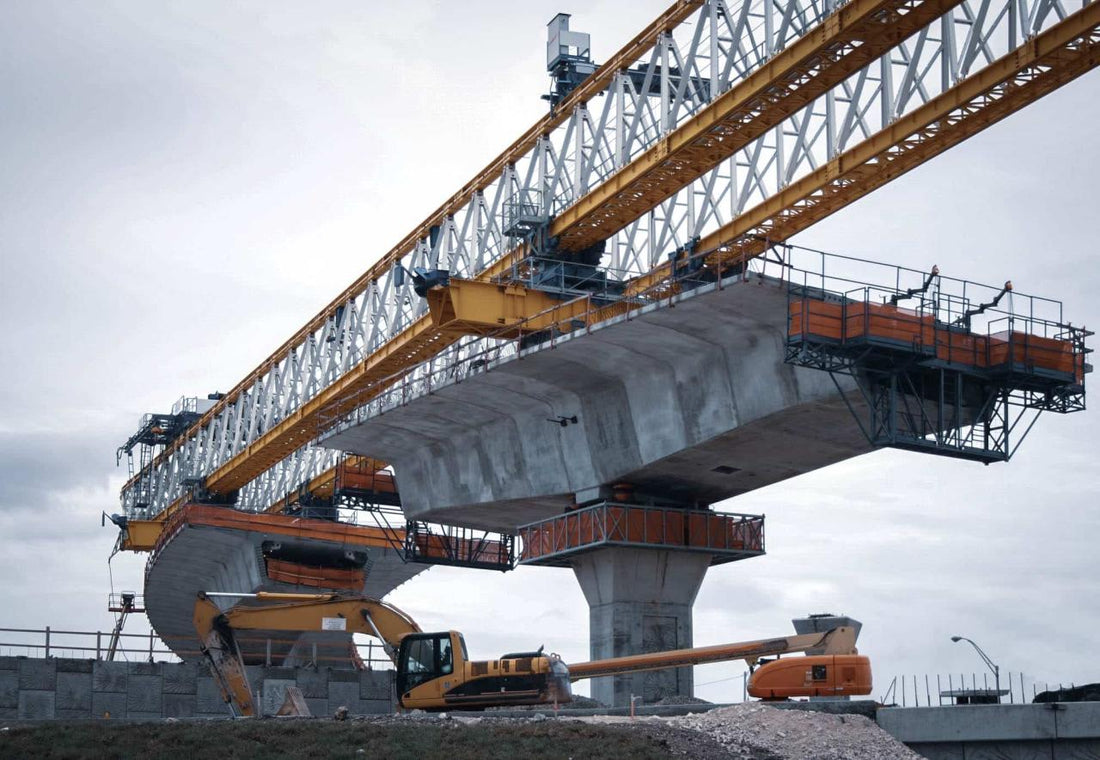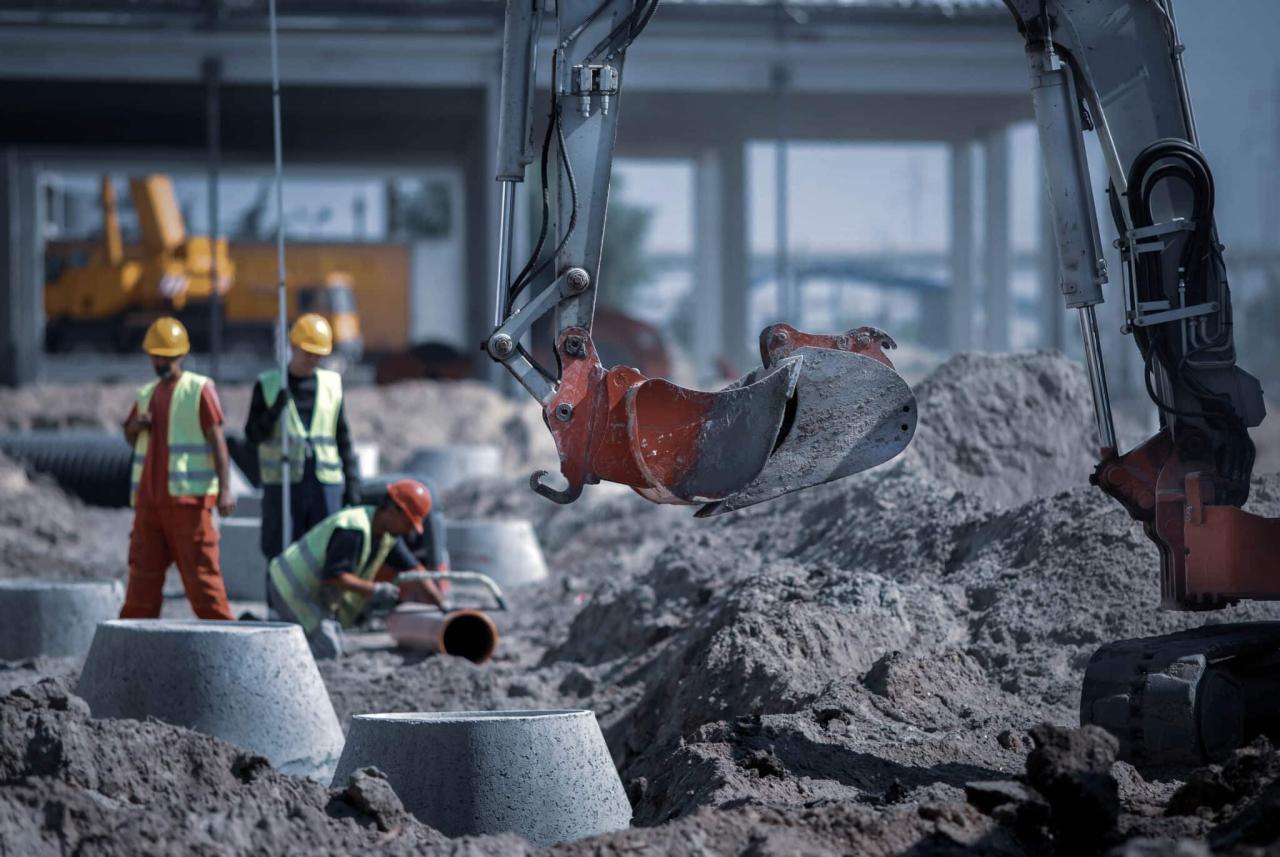Almost all large infrastructure projects have one thing in common: they often suffer from cost overruns and significant delays.
As the size and challenges of these projects continue to grow, so do the problems they bring to general contractors and construction companies. The result is often lower productivity and lower profitability for those involved in infrastructure projects.
The time has come for construction professionals to take advantage of the benefits of lean construction for infrastructure projects.
Creating value with lean construction for infrastructure projects
Adopting a lean approach to infrastructure projects can help reduce complexity and uncertainty throughout the process, eliminating waste and activities that don't add real value.
Removing non-value-adding activities through the Lean methodology can increase productivity, allowing contractors to provide more value to their customers and achieve greater profitability.
There are four Lean principles that construction professionals can apply to their infrastructure projects:
1. Focus on creating value
Contractors need to focus on creating value – this means ensuring that all project resources, materials and information are interconnected, creating a single workflow.
The goal when implementing Lean for infrastructure projects is to reduce downtime and ensure that each activity adds value, shortening the completion time.
A great way to introduce this lean principle is to divide your project into sections, working in a value creation flow based on the activities of each subcontractor and employee in each section.

2. Sync your schedule
Lean construction for infrastructure projects requires contractors to establish a maximum allowable time for each recurring process, such as installing wiring in each section. For large projects, many contractors use a lean scheduling method called takt planning for each of these processes.
Each section of the plan typically lasts from a day to a week, helping to reduce bottlenecks and develop a synchronized schedule and operational rhythm.
Using takt planning for infrastructure projects helps ensure that all subcontractors and workers understand the timeline for completing each activity, so everyone works together smoothly across all operations.
Ideally, general contractors, suppliers, and subcontractors will work together on a takt plan before beginning work on the project.
3. Implement just-in-time management
To have a truly lean operation, contractors need to get their resources and materials to the job site at the right time to satisfy project requirements. Using this just-in-time approach helps eliminate wait times, wasted inventory, and unnecessary storage of materials.
Just-in-time management also promotes flexibility, allowing contractors to make last-minute changes with less hassle than if they already had all project materials on site.
However, incorrect use of the just-in-time approach can lead to delays and higher costs. To avoid this, contractors must manage their inventory based on the delivery times of their resources and materials.
4. Aim for zero defects
Lean construction for infrastructure projects involves continuous improvements. By utilizing control and feedback mechanisms, construction teams can standardize and stabilize their processes to move closer to the goal of zero defects and elimination of rework.
Project managers need to focus on quickly detecting errors and correcting them to reduce the overall number of defects throughout the project, preventing them from happening repeatedly during subsequent work.
Because infrastructure projects rely on many repeated processes, detecting defects early is crucial to ensure they do not recur over time in any given project.
Optimizing the Lean Construction Value Chain for Infrastructure
The four Lean principles above create the foundation for improving efficiency and productivity across the three phases of an infrastructure project’s value chain:
- Bidding is the first phase; Contractors need to focus their attention on choosing infrastructure projects that offer the greatest potential value. Many contractors make the mistake of pursuing all available bids, wasting resources on projects that are not profitable.
- The next phase is carrying out the project – adopting a lean approach means eliminating activities, both in planning and execution, that do not add value. Planning and scheduling are essential to establishing the prerequisites of lean construction and capturing true value in your projects.
- The final stage of the value chain, commissioning, is when contractors should focus on implementing Lean principles in the maintenance and service of their infrastructure projects. To do this, the project planning process needs to include key design criteria that enable cost-effective and efficient maintenance and servicing of the finished product.
Lean construction for infrastructure projects: don't be left behind
General contractors who do not implement lean construction practices in their infrastructure projects risk falling behind in an increasingly competitive market.
Contractors who focus on Lean will be the ones who set the standards for quality, costs and delivery times in the future.
If the question is: “How to establish a competitive advantage, increase efficiency, improve profitability and build lasting relationships in the infrastructure construction sector?” So the answer is to implement lean construction for infrastructure projects.


